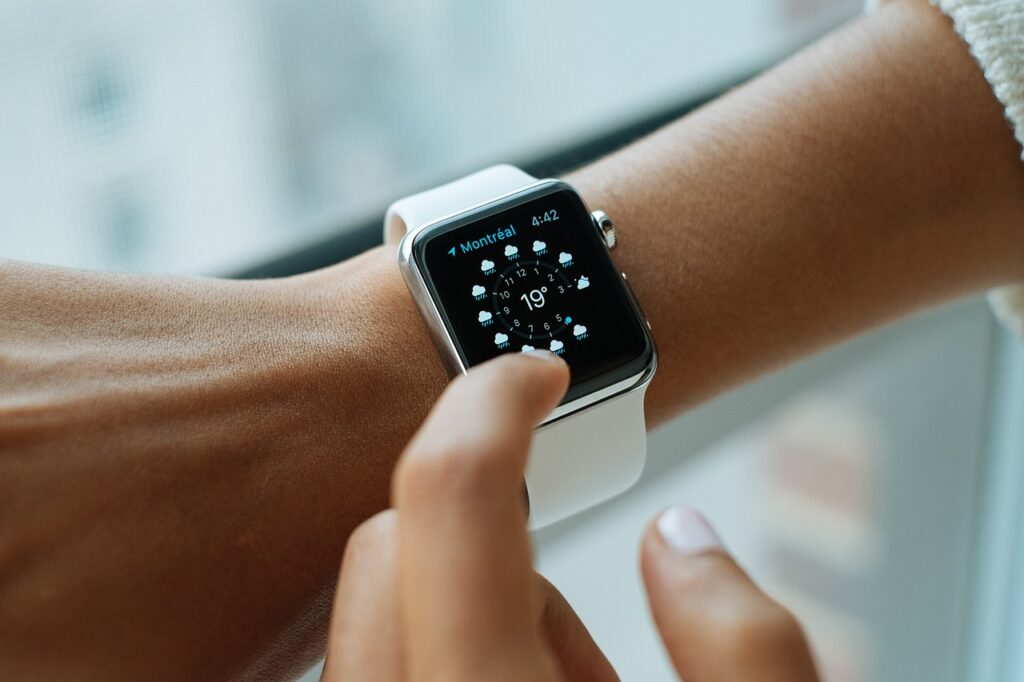
Timing is a critical factor that can significantly impact the success of any e-commerce companies. As one of the top Shopify apps on conversion rate optimization (CRO), we know a thing or two on helping stores convert online and grow customers, that’s why we are sharing ten pieces of well-researched and real-world examples demonstrating the influence of timing on e-commerce:
1. Seasonal Trends and Sales Peaks:
Research: A study by the National Retail Federation found that for many e-commerce businesses, up to 30% of annual sales occur during the holiday season.
Example: Amazon’s Prime Day, held annually in July, has become a massive sales event, with timing strategically chosen to boost summer sales.
2. Flash Sales and Limited-Time Offers: Research: According to a study by ConversionXL, creating a sense of urgency with flash sales and limited-time offers can boost conversions by up to 332%.
Example: Fashion retailer Zara frequently uses limited-time offers and flash sales to encourage quick purchases.
3. Abandoned Cart Recovery Timing: Research: A report by SaleCycle revealed that sending the first abandoned cart email within 20 minutes after abandonment results in a 5.2% conversion rate.
Example: Shopify’s automated abandoned cart recovery emails are typically sent within a few hours of cart abandonment.
4. Timing of Social Media Posts: Research: Hootsuite’s data shows that the best times to post on social media platforms vary across industries, with the average peak times being in the late morning and early afternoon.
Example: E-commerce companies adjust their social media posting schedules based on their target audience’s activity patterns.
5. Product Launch Timing: Research: A Harvard Business Review study suggests that launching a product during a specific season or event can lead to a 20-50% increase in revenue.
Example: Apple often releases new products in the weeks leading up to the holiday season to capitalize on gift-giving trends.
6. Shipping and Delivery Timing: Research: A survey by Statista found that 48% of online shoppers expect two-day shipping for their orders.
Example: Amazon Prime’s success is largely due to its fast and predictable shipping times, reinforcing the importance of efficient delivery timing.
7. Email Marketing Timing: Research: Data from Mailchimp indicates that the best days to send marketing emails are typically Tuesdays and Thursdays, with the most successful send times varying by industry.
Example: Retailers often send promotional emails on specific days when customers are more likely to make purchases.
8. Day-of-the-Week Discounts: Research: A study by Digital Commerce 360 reveals that online shoppers are more likely to make a purchase on Wednesdays and Fridays.
Example: Many e-commerce companies offer special discounts and promotions on these days to boost sales.
9. Cart Abandonment Reminder Timing: Research: A study published in the International Journal of Market Research found that sending a reminder within 24 hours after cart abandonment results in the highest conversion rate.
Example: E-commerce platforms often automate cart abandonment reminders to be sent within this timeframe.
10. Localized Timing for International Markets: Research: A case study by Alibaba Group shows that tailoring marketing campaigns to local holidays and events in international markets can lead to significant sales increases.
Example: E-commerce companies like Alibaba and AliExpress adjust their promotions and timing to coincide with regional celebrations and festivals.
These ten examples and research findings illustrate the crucial role that timing plays in the success of e-commerce companies, from seasonal trends to email marketing and even the speed of shipping and delivery. By understanding and strategically leveraging timing, e-commerce businesses can improve customer engagement and drive higher sales and conversions.